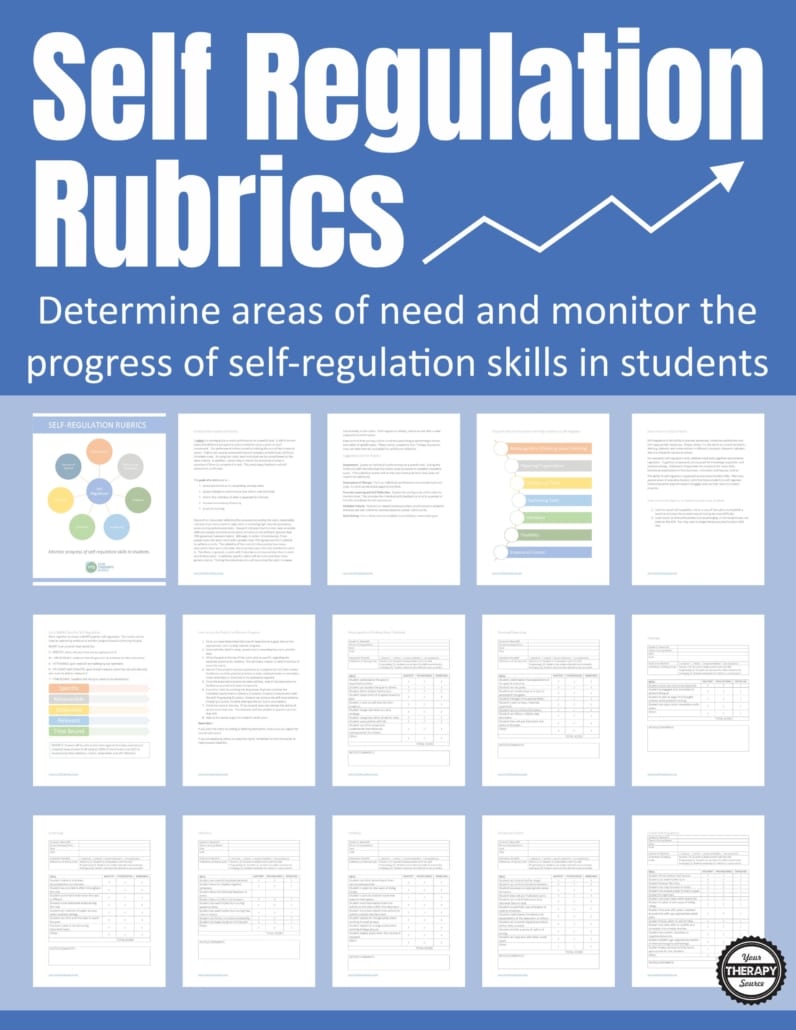Data Collection for IEP Goals – Know What Works
Are you working on data collection for IEP goals? It is so important to know what interventions are effective to help your students reach their goals.
Perhaps you offer many tips and suggestions but have a hard time keeping up with how the student performs. Educators and related service providers need to collect data to find out what is working for a specific student.

6 Suggestions: Data Collection for IEP Goals
Tally Marks
To record the data to get a percentage based on the number of trials make two columns on a piece of paper. If the student does it correctly simply record a tally mark on the left side of the paper. If the student does not perform the task correctly record a tally mark on the right side of the paper.
You can then calculate percentages of how well the student is doing.
If you prefer to collect data using a digital platform such as Word, try these super easy to use Data Collection for Special Education Templates.
It includes 14 ready-to-go forms to start today collecting data on your students! This product is included in the Data Collection Bundle.
Standardized Testing
Rubrics as Data Collection for IEP Goals 
Are you familiar with rubrics? Create your own scoring systems for different skills to track a specific child’s progress over time. Break a skill down using task analysis and assign scores for each specific piece of the overall skill. Here is a sample rubric for walking in a line.
You can create rubrics for any goal or skill.
This collection of Self Regulation Rubrics will help you to pinpoint areas of need and monitor progress to help students with their self-regulation skills.
Goal Attainment Scaling
Graphs
Nothing shows progress or decline like a visual image such as a graph. By plotting a student’s progress over time teachers and parents can see very clearly the progress a student is making (or not making).
For example Progress Monitoring Forms make a chart and record tally marks – very nice visual to represent progress. Here is an example for catching skills.
If you need time-saving, efficient data collection for IEP goals, the Data Tracking Forms for School Based Occupational and Physical Therapy UPDATED 2019 includes 11 data collection forms for monitoring progress in occupational and physical therapy in the school setting. You can track up to 4 IEP goals per student in your daily sessions in Excel AND GOOGLE SHEETS and it will graph your data directly from your session notes. These Data Tracking Forms for School Based Occupational and Physical Therapy will make data collection so much easier!
Google Forms
Have you ever tried Google Forms for data collection on IEP goals?
Google Forms are so awesome and easy for data collection because:
- easily share links with other school staff.
- data can be entered on a computer, tablet or smartphone with NO APPS necessary.
- graphs are automatically created to provide a nice visual of the student’s progress.
- spreadsheets can be created by a click of a button to view the data in more detail.
If you are looking for the EASIEST way to collect data in school, this packet of Google Forms for Special Education will help you get started right away! It includes 14 premade Google Forms and 4 quick video tutorials to help you learn how to copy, edit and share your data results. This product is included in the Data Collection Bundle.
If your students have goals related to school tasks, these School Routine Checklists include 8 Google Forms to help collect baseline data and progress monitoring functional skills throughout the school day and at home.


